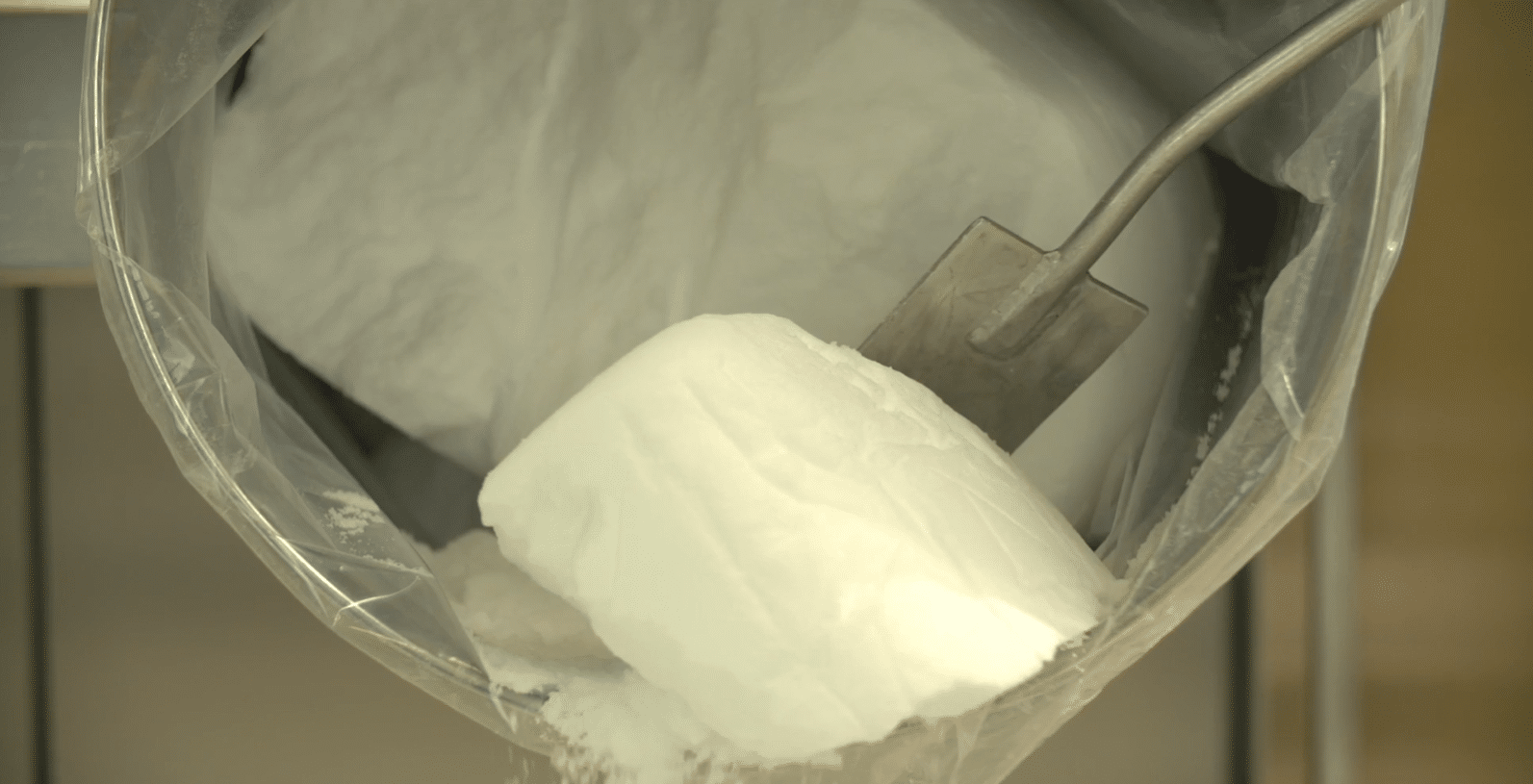| You may be surprised to learn that despite being an integral part of the production process for many types of therapeutics, there are no specific regulations or GMP certification for cell culture media products. Our organization saw this as an important gap that needed to be addressed. Here’s some historical context and a look behind the scenes at our initiative to develop a purpose-built cell culture media GMP and certification scheme.
The Search for GMP for Cell Culture Media Products Companies producing liquid and powder media for bioprocessing applications have historically claimed a connection to GMP via routes such as ISO 9001 and 13485 to demonstrate product quality and consistency. Similarly, some cell culture media producers, including Merck KGaA, Darmstadt, Germany MilliporeSigma , have cited GMP compliance via 21 CFR Part 820 to confirm adherence to a comprehensive quality management system.
However, this guidance was not tailored to cell culture media resulting in a clear need for a more appropriate standard. Consequently, we sought to determine whether such a standard existed, and if not, collaborate with the appropriate organization to establish one and then certify our global production sites. A review of various standards by our organization was conducted, including ANSI, NSF, ICH, CFR, and IPEC-PQG. The result indicated that certifying cell culture media production processes and quality using existing standards was not possible, as this application was considered outside the scope of these standards. The Solution: Create a Purpose-Built Cell Culture Media GMP and Certification Scheme We collaborated with EXCiPACT and other industry experts to author GMP standards tailored specifically for cell culture media products. The result of this initiative was the application of the EXCiPACT GMP excipient standard to pharmaceutical auxiliary materials (PAMs), which include cell culture media. PAMs, which come into close contact with materials administered to patients, must adhere to GMP principles, including bioburden control.1 As this is the first and only standard to specifically include cell culture media products, it is the most appropriate GMP for the biopharmaceutical industry. Table 1 provides a comparison of PAMs with other product types and the associated regulatory guidance.
Table 1. Examples of different product types, including pharmaceutical auxiliary materials and their associated regulatory guidance. Certification of our Cell Culture Media Production Sites Similar to excipients, EXCiPACT has established a certification scheme for auditing cell culture media manufacturing sites to ensure compliance with GMP. In addition, authorized third-party certification bodies have been updated on the application of EXCiPACT GMP to PAMs. Following independent review of audit results, EXCiPACT issues the appropriate certification to the manufacturer. This EXCiPACT GMP standard, including the application of the EXCiPACT PAMs standard together with ISO9001:2015, will define the GMP quality system at all our cell culture media product manufacturing facilities. Now that all our cell culture media sites have completed the audit process, we can provide a copy of the EXCiPACT audit report directly to our customers who have a CDA with us. Our CCM sites will be displayed on the EXCiPACT website with the certificates showing our GMP status. Proud to Take the Lead in Creating a Cell Culture Media GMP Guideline We are proud to have played an integral part in the development of GMP standards for PAMs that more accurately reflect the specific quality, consistency, and safety requirements of cell culture media products. While no changes to our manufacturing processes for dry powder and liquid cell culture media products, validation, cleaning, and contamination control strategies were necessitated under the new guidelines, we felt it was essential to have a more appropriate and relevant certification of GMP. We are confident that other manufacturers of cell culture media products will follow suit to achieve this high level of quality. Learn more on cell culture media! EXCiPACT is a registered trademark. 1 Application of EXCiPACT GMP Standard To Pharmaceutical Auxiliary Materials: A Guide for manufacturers and auditors. Published by EXCiPACT, May 2023. |








